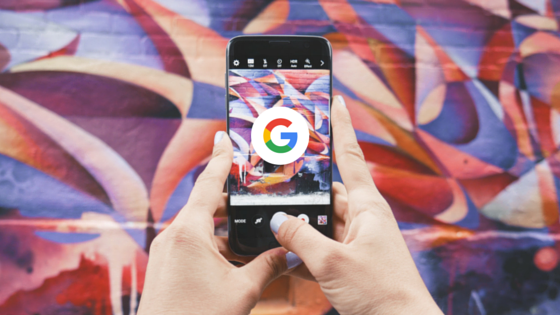
November 1, 2016: In a new article for Search Engine Land, Didit’s Kevin Lee requests that Google – after restoring bid modifiers for tablets and smartphones to the Adwords console – go a bit further, restoring operating system-based targeting.
The return of device-level bidding adjustments (which happened back in July of this year) was welcomed by many marketers. (Back in 2013, Google removed marketers’ ability to fine-tune bids by device type in an initiative it termed “Enhanced Campaigns.”) But operating system-based targeting has tremendous potential value that could also be unlocked:
Kevin writes:
For many marketers, the differences by operating system are far more useful (for targeting purposes) given that the demographics and psychographics of iOS smartphone or tablet users vary quite significantly from those of Android smartphone or tablet users. For example, at my company, before the implementation of Enhanced Campaigns, we could target both by OS and device (before there were hundreds of choices). For some of our largest advertisers, we cloned high-volume ad groups into two separate campaigns (since bid boosts weren’t available) and set bids separately by OS. The bid management system almost always bid more for iOS than Android because conversion rates and — in retail — average shopping cart sizes were larger.
Kevin notes that many paid search marketers are on fixed budgets, which means they must always focus on buying the most valuable clicks available to meet their target KPIs. These marketers stand to gain a lot from the restoration of a complete set of targeting modalities:
By adding additional targeting levers, (marketers) have an opportunity to cherry-pick the best from any audience. The bigger you are as a marketer, the faster you can accumulate data about the various targeting segments (device type, location, time of day and audience) and apply this data toward your campaigns. This can provide an unbeatable advantage in the dynamic, always-changing battle for SERP visibility when it matters most.
Kevin also argues that – with SERPs speeding up, and more real-time information flowing regularly through Google, the company is now in a position to offer marketers RTB (Real time bidding)-like features in search. He writes:
We understand that fast SERPs are really important; several years ago, the lag time in programmatic display was far too long to seriously consider RTB. But a lot has changed in the last five years, even within AdX. With RTB for native ad formats, advertisers — though their DSPs (demand-side platforms)– could use any targeting you provided (e.g., keyword, geography) and combine that with both first- and third-party data to make the most informed choices about bids.
You can read Kevin’s article in its entirety here:
http://searchengineland.com/dear-google-os-targeting-programmatic-search-260557
- 10 Mistakes to Avoid When Using QR Codes for Marketing - September 20, 2023
- Kevin Lee on How AI Changes the SEO Landscape - August 31, 2023
- The Power of Compound Marketing: Kevin Lee Presents @ 1MediaWorld 2023 Global Conference - March 7, 2023
